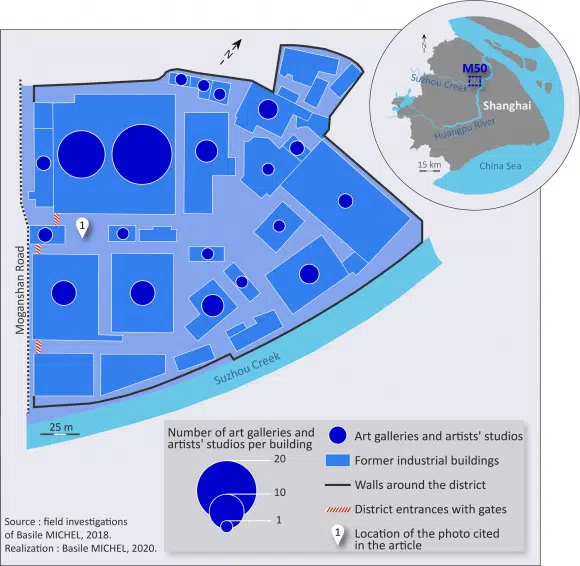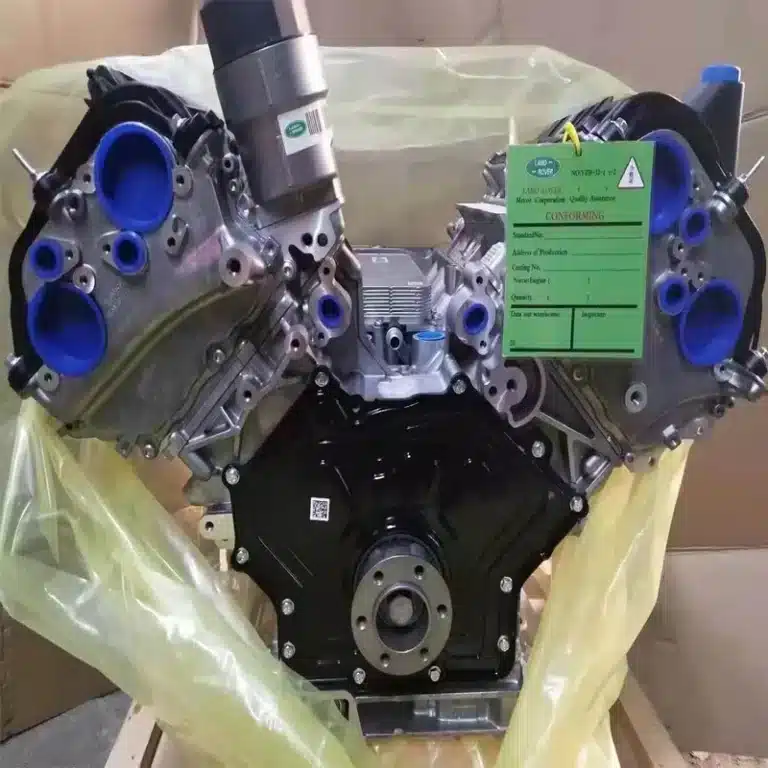Energy consumption measurements and analysis
The measurements and the energy consumption analysis are fundamental processes for understanding and optimizing the use of energy in various fields. These practices allow the identification of usage patterns, highlight demand peaks, and recognize the most consuming devices. Through this analysis, it is possible to implement strategies that favor sustainability and energy efficiency, contributing to cost reduction and environmental protection. The implementation of modern technologies such as smart meters facilitates data collection, which in turn enhances the ability to generate reports and make informed decisions about energy consumption.
Introduction to Energy Consumption Measurements and Analysis
The energy consumption analysis has become an essential tool for companies and households looking to optimize their energy expenditure. Through precise measurements and a thorough study of energy usage patterns, it is possible to identify areas for improvement and apply changes that not only reduce costs but also promote sustainability and efficiency. This article discusses the fundamental aspects of energy consumption measurements and analysis, their benefits, and effective strategies for implementation.
What does energy consumption analysis involve?
The energy consumption analysis involves collecting and evaluating data related to energy usage in a specific environment, whether industrial, commercial, or residential. This process includes studying demand peaks, usage patterns throughout the day, and the performance of different devices and systems. The goal is to understand how and when energy is consumed the most and to detect areas where improvements can be made.
Key Aspects of the Analysis
Among the most relevant aspects to consider in the energy analysis are the following:
- Demand peaks: Identifying the hours of highest consumption helps to schedule the use of equipment more efficiently.
- Usage patterns: Evaluating how and when energy systems are used provides valuable information for adjusting consumption habits.
- High consumption devices: Locating the equipment that consumes the most energy allows management to make informed decisions about upgrades or replacements.
- Leaks and energy losses: It is essential to detect inefficiencies to address them, improving the overall efficiency of the system.
Benefits of Conducting an Energy Analysis
Implementing an energy consumption analysis offers multiple benefits. Some of the most notable include:
- Cost reduction: By identifying areas of inefficiency, adjustments can be made that result in significant savings on energy bills.
- Sustainability: Promoting responsible energy usage contributes to environmental sustainability, aligning with sustainable development goals.
- Improvement of corporate image: Companies that adopt energy efficiency practices often gain a positive reputation among consumers and business partners.
Measurement and Monitoring Methods
To carry out an effective analysis, it is crucial to implement measurement methods that align with established standards, such as those proposed by the ISO 50001 standard. Measurements can be performed using:
- Smart meters: These devices allow real-time monitoring of consumption, facilitating subsequent data analysis.
- Energy audits: These are conducted by collecting on-site data regarding the use and behavior of energy systems.
Strategies to Improve Energy Efficiency
Strategies for optimizing energy consumption should be practical and accessible. Some recommendations include:
- Encouraging the use of efficient technology, such as appliances and HVAC systems that consume less energy.
- Implementing responsible consumption habits, such as turning off equipment when not in use or adjusting thermostat settings.
- Taking advantage of government subsidies for improving energy systems in businesses and homes.
The Role of the Community in Reducing Energy Consumption
Community commitment is fundamental to achieving a significant impact on energy consumption. Communities can adopt joint initiatives to educate about the importance of energy efficiency and promote sustainable practices. For example, promoting recycling and educating about responsible energy usage are key steps. For more information on how communities can participate, check this link here.
Conclusion
Implementing an analysis of energy consumption is a vital step towards efficiency and sustainability. As technology advances, the tools for measuring and analyzing consumption also improve, offering new opportunities to optimize resource use and reduce costs.
The energy consumption analysis is a fundamental process for understanding how energy is utilized in various environments, whether homes, businesses, or industries. This analysis allows for identifying usage patterns, demand peaks, and the devices that consume the most energy. Through precise measurement and the use of smart meters, valuable information can be obtained that contributes to a more efficient management of energy resources.
The benefits of conducting an energy diagnostic are numerous. Firstly, operational costs can be reduced by identifying inefficiencies and energy losses. Additionally, this analysis facilitates the implementation of energy-saving measures that impact not only on cost reduction but also on environmental sustainability. Responsible energy consumption is crucial to minimizing the carbon footprint and contributing to the Sustainable Development Goals.
The methodologies for monitoring and energy analysis encompass various approaches, from energy audits to historical data analysis. These procedures allow for establishing a baseline for effective comparison over time. With the collected information, management strategies can be applied to optimize energy use, benefiting not only the company’s economy but also its public image.
In summary, by investing in measurement and energy analysis, tangible results can be achieved both in cost reduction and in improving energy efficiency. This practice not only benefits organizations but also promotes a culture of sustainability that is vital in the current context of climate change and natural resource scarcity.





